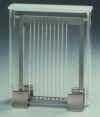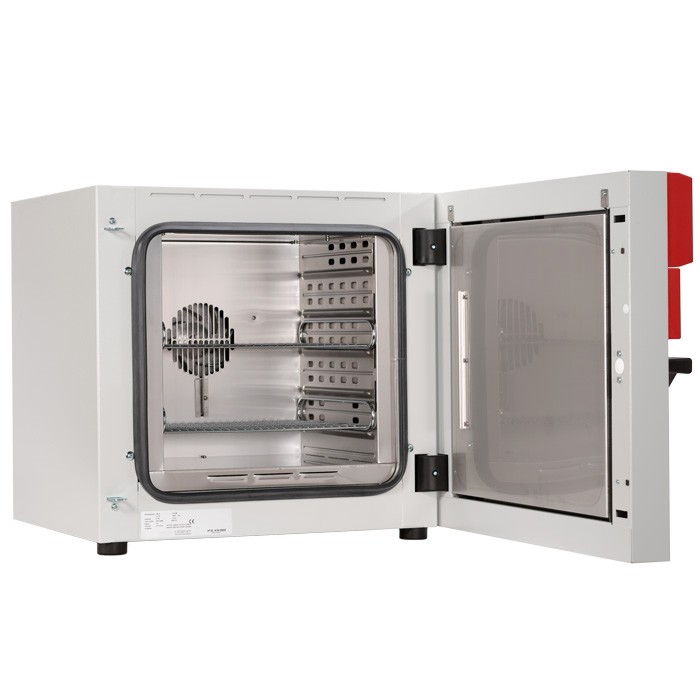|
Accessories for the "IATROSCAN® MK-6/ Mk6s"-Analyser |
||||
|
|
||||
|
Development Tank DT-150
After the sample is spotted on the Chromarods with the Autospotter or the Full-automatic Sample Spotter, the Chromarods in their Holder are brought in the Development tank DT-150 for separation of the substances by the solvent mixtures.
|
||||
|
Chromarods® A Chromarod® is a specially designed quartz rod coated with a thin layer of silica or aluminium-oxide on which the sample is developed and separated. The rods have a uniform layer thickness and are resistant to acids and weak bases. It is possible to change the separation properties by impregnating the Chromarods with silver nitrate, boric acid or copper sulphate.The Sample is spotted, for example with the Autospotter on the starting point of the Chromarod, and then brought into the development tank. The separation is done by development into an appropriate mixture of solvents, according to the used methods. After that the Chromarods are dried with a Rod Dryer or in the air, the rods are scanned in the Iatroscan. The Chromarods are reactivated by blank scanning, and usable up to 150 times without loosing their separation properties. |
||||
|
Chromarod Storage Chamber
Preserving good conditions of Chromarods is assured by their immediate transfer from their carton into the Chromarod Holder SD-5. Throughout their usable life, the Chromarods can remain protected in these holders without being touched. An essential part of their conditioning process however, is also, keeping them in good chemical condition and in a dust free and clean state. The Chromarods can be humidified when not in use, and so a storage chamber was designed to store up to 5 Holders above a level of distilled water. Permanent storage in this manner reduces the variables in development as well as preserving the mechanical life of the Chromarods. |
||||
| Chromarod
Dryer TK-12 Is a "micro" bench top oven specially designed to contain 1-4 Chromarod 'set' in a SD-5 Rod Holder The TK-12 should be located next to the IATROSCAN, and close to the development processes in order to reduce the risk of contaminating the Chromarods with external solvent vapours and dust particles. The oven is used to dry rods before applying samples; to evaporate the mobile phase from the rods after development before scanning; and to remove excess water from Chromarods, after they have been acid-washed and rinsed in distilled water. The lack of an oven located close to the IATROSCAN can produce a source of error arising from baseline signals unrelated to the separation process (e.g. cigarette smoke, laboratory solvents, etc.) Power: 220/240V, 50/60Hz, 700W |
||||
|
|
SES Dryer Oven 23
Is a dreyer oven specially for the europen market. He can hold more than one Chormarods in a SD-5 Rod Holder. The SES Dreyer Oven 23 should be located next to the IATROSCAN, and close to the development processes in order to reduce the risk of contaminating the Chromarods with external solvent vapours and dust particles. The oven is used to dry rods before applying samples; to evaporate the mobile phase from the rods after development before scanning; and to remove excess water from Chromarods, after they have been acid-washed and rinsed in distilled water. The lack of an oven located close to the IATROSCAN can produce a source of error arising from baseline signals unrelated to the separation process (e.g. cigarette smoke, laboratory solvents, etc.) Power: 230/240V, 50/60Hz, 45-450W |
|||
| Chromarod
Viewer TR-1
Viewing the solvent front, on the Chromarods through a glass developing tank, on micro-thin layers of absorbents is made easier by using this accessory. In some known experiences with sable and defined temperature, the front of the solvent can be determined by a time factor – thus preventing the overrun. In the case of experimental solvents, it is essential to see the front – this can be dramatically simplified by placing a development tank between a cold light source (not a heat-emitting lamp!) and a smoking diffusion screen. In the illustration, the screen is lowered in front of the interspersed tank. Power: 100/110V, 220/240V, 50/60 Hz, 10 VA
|
||||
| Anwendungsgebiete | The IATROSCAN | SES-i-ChromStar | Spotter | |







